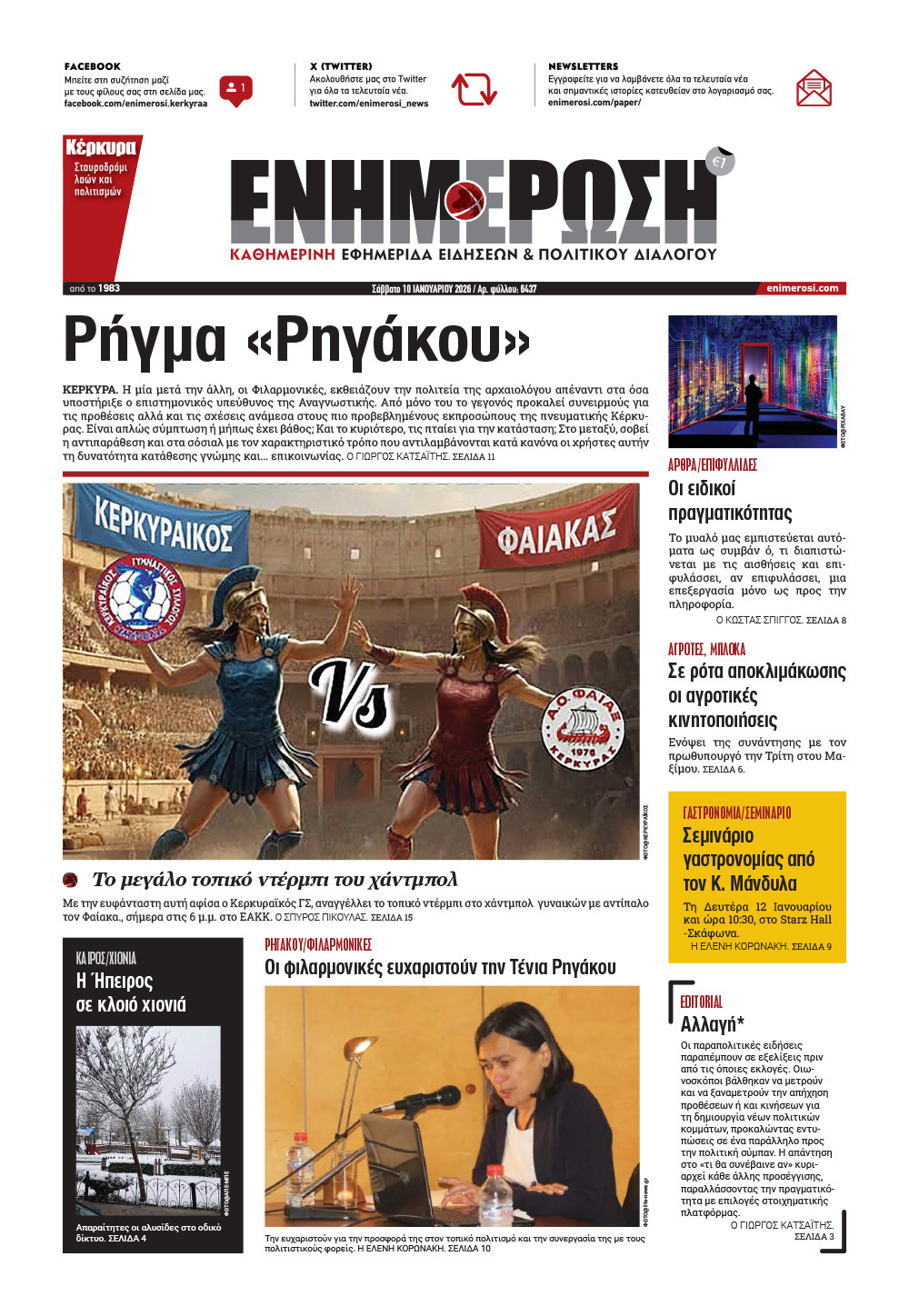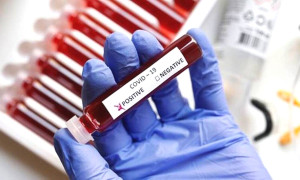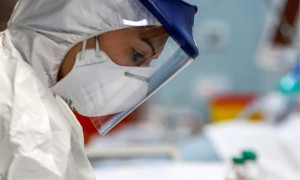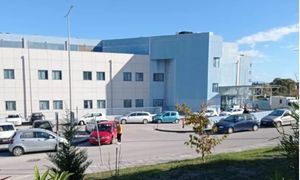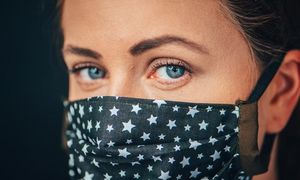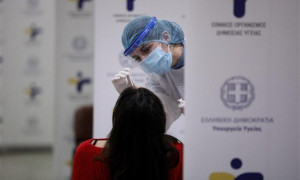Covid Watch Committee: Care needed as virus transmission is increasing in Corfu
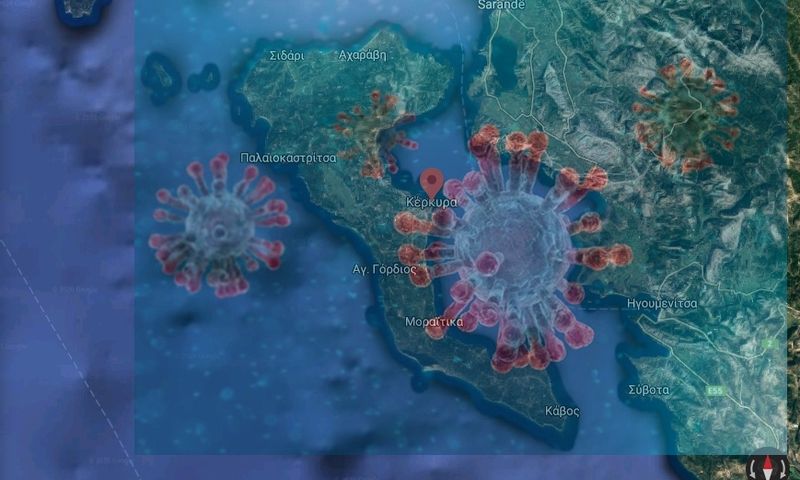
coronavirus
19 Mar 2021
/ 16:38
CORFU. Update from the Central Corfu Municipal Covid Watch Committee on local developments in the pandemic.
The Central Corfu Covid Watch Committee is continuing to monitor developments on a local level. Today's report is an update on the previous one published on 3 March.
Based on the data collected, the Committee has recorded 456 confirmed cases of Covid-19 amongst permanent residents and 114 amongst visitors from the beginning of the pandemic up to 28 February 2021. Since the beginning of October there has been a cumulative total of 143 cases from the sample tests conducted by the EODY Mobile Units in Corfu.
In total, 101 permanent residents have been hospitalised - 10 of them intubated in the ICU. 14 visitors were hospitalised, with 2 of them admitted to the ICU.
There have been 17 deaths related to Covid-19 amongst permanent residents, 4 visitor deaths and 1 patient from Ioannina who was hospitalised at Corfu General Hospital also died.
From 1 February positive results from both PCR tests and antigen tests carried out at Corfu labs are being recorded as cases and regularly sent to EODY, whereas, prior to that it was only the PCR test results. Corfu Hospital has a lab and there are also private labs. The cases traced via rapid tests conducted by EODY in Corfu are counted separately.
In the first two weeks of March the Committee recorded a total of 42 new cases amongst permanent residents diagnosed in Corfu labs. In addition, there were 16 new cases diagnosed by mass rapid tests. There were 11 new admissions to the Hospital Special Infectious Diseases Unit and no admissions to the ICU. There were no deaths of Covid-19 patients.
The data collected by the Committee shows that of all the confirmed cases diagnosed in local labs involving permanent residents, 193 (42.3%) were female and 263 (57.7%) were male. The average age is 45.3 years - 43.9 for females and 46.3 for males. The ages range from 2 to 96. The ages of 2 males and 2 females is not known.
The daily number of cases amongst permanent residents based on the date samples were taken for tests from the summer up to now is shown in Diagram 1 (the first confirmed case after April was recorded on 18/7). The diagram shows a low rate in the number of new cases from the beginning of December until the beginning of February, after the spike in November, and an increasing trend in February and March. The monthly rate from the beginning of the pandemic until now is shown in Diagram 2. The highest number of cases was recorded in November, there was a significant decrease in December and in January the number of new cases was the same as that in September. There was a clear increase in February compared to the previous month which appears to be continuing in the first two weeks of March.
As regards the geographical distribution of the confirmed new cases amongst permanent residents in the first two weeks of March, it appears to be spread in various parts of the island. Most cases are in Corfu Town and in North Corfu.
Vaccination Programme
The rate of vaccination has been increasing in line with that of the country as a whole. Up to 15 March the number of people who had received at least the first shot was 7,180, of whom 3,386 also had the second shot and were fully vaccinated. It is estimated that there are at least 30,000 people in Corfu who belong to high-risk groups - 60 years of age and older and younger people with chronic illnesses. The proportion of the population that has been vaccinated is lower than the nationwide total due to the low rate of vaccination in February.
Positivity rates
The data collected by the Covid Watch Committee shows that there was an increase in the number of confirmed new cases in the first two weeks of March compared to February. There were 11 new admissions to the hospital compared to 9 for the whole of February. There were no deaths of Covid in the first two weeks of March and no admissions to the ICU. The positivity rates from tests conducted in Corfu by EODY teams, the hospital and private labs has increased but is not at a high level and remains below the critical 4% level.
The age distribution of cases shows that the spread of the virus is extending from the younger age groups to high-risk groups without there being any especially serious cases as yet.
Geographical distribution
The data from the last two weeks shows that there was a greater spread of the virus in Corfu Town and North Corfu. The increase in the number of new cases and hospitalisations is expected to continue and great care is required for it not to get out of control.
All this is occurring in a period where the pandemic is spiking in many parts of Greece whilst horizontal restrictive measures have been brought back. It seems that the effect of these measures in controlling the pandemic has been limited both nationwide and in Corfu. A large part of the country is experiencing a greater spread of the virus which will not decrease easily over the coming period.
The vaccination programme has speeded up since the beginning of March. On 15 March approximately 7% of the total Corfu population had received at least the first shot compared to 8.5% for the country as a whole. For around 35% of the population to have been fully vaccinated with two shots by the end of June the number of daily vaccinations needs to have increased by 50% by the end of March.
The development of the pandemic in many parts of the country has led to an extension of the restrictive measures. However, once we have the expected downturn in the third wave, it seems that there will be an effort to restart economic and social activities.
It can be kept under control
The spread of the virus in Corfu, although it is gradually increasing, can be kept under control ahead of the restart of economic activities and the tourist season. This can be achieved by ongoing adherence to safety measures, constant epidemiological monitoring and timely response to points of transmission. Speeding up the vaccination programme whilst adhering to the measures is the key to gradually getting the pandemic under control.
Based on the data collected, the Committee has recorded 456 confirmed cases of Covid-19 amongst permanent residents and 114 amongst visitors from the beginning of the pandemic up to 28 February 2021. Since the beginning of October there has been a cumulative total of 143 cases from the sample tests conducted by the EODY Mobile Units in Corfu.
In total, 101 permanent residents have been hospitalised - 10 of them intubated in the ICU. 14 visitors were hospitalised, with 2 of them admitted to the ICU.
There have been 17 deaths related to Covid-19 amongst permanent residents, 4 visitor deaths and 1 patient from Ioannina who was hospitalised at Corfu General Hospital also died.
From 1 February positive results from both PCR tests and antigen tests carried out at Corfu labs are being recorded as cases and regularly sent to EODY, whereas, prior to that it was only the PCR test results. Corfu Hospital has a lab and there are also private labs. The cases traced via rapid tests conducted by EODY in Corfu are counted separately.
In the first two weeks of March the Committee recorded a total of 42 new cases amongst permanent residents diagnosed in Corfu labs. In addition, there were 16 new cases diagnosed by mass rapid tests. There were 11 new admissions to the Hospital Special Infectious Diseases Unit and no admissions to the ICU. There were no deaths of Covid-19 patients.
The data collected by the Committee shows that of all the confirmed cases diagnosed in local labs involving permanent residents, 193 (42.3%) were female and 263 (57.7%) were male. The average age is 45.3 years - 43.9 for females and 46.3 for males. The ages range from 2 to 96. The ages of 2 males and 2 females is not known.
The daily number of cases amongst permanent residents based on the date samples were taken for tests from the summer up to now is shown in Diagram 1 (the first confirmed case after April was recorded on 18/7). The diagram shows a low rate in the number of new cases from the beginning of December until the beginning of February, after the spike in November, and an increasing trend in February and March. The monthly rate from the beginning of the pandemic until now is shown in Diagram 2. The highest number of cases was recorded in November, there was a significant decrease in December and in January the number of new cases was the same as that in September. There was a clear increase in February compared to the previous month which appears to be continuing in the first two weeks of March.
As regards the geographical distribution of the confirmed new cases amongst permanent residents in the first two weeks of March, it appears to be spread in various parts of the island. Most cases are in Corfu Town and in North Corfu.
Vaccination Programme
The rate of vaccination has been increasing in line with that of the country as a whole. Up to 15 March the number of people who had received at least the first shot was 7,180, of whom 3,386 also had the second shot and were fully vaccinated. It is estimated that there are at least 30,000 people in Corfu who belong to high-risk groups - 60 years of age and older and younger people with chronic illnesses. The proportion of the population that has been vaccinated is lower than the nationwide total due to the low rate of vaccination in February.
Positivity rates
The data collected by the Covid Watch Committee shows that there was an increase in the number of confirmed new cases in the first two weeks of March compared to February. There were 11 new admissions to the hospital compared to 9 for the whole of February. There were no deaths of Covid in the first two weeks of March and no admissions to the ICU. The positivity rates from tests conducted in Corfu by EODY teams, the hospital and private labs has increased but is not at a high level and remains below the critical 4% level.
The age distribution of cases shows that the spread of the virus is extending from the younger age groups to high-risk groups without there being any especially serious cases as yet.
Geographical distribution
The data from the last two weeks shows that there was a greater spread of the virus in Corfu Town and North Corfu. The increase in the number of new cases and hospitalisations is expected to continue and great care is required for it not to get out of control.
All this is occurring in a period where the pandemic is spiking in many parts of Greece whilst horizontal restrictive measures have been brought back. It seems that the effect of these measures in controlling the pandemic has been limited both nationwide and in Corfu. A large part of the country is experiencing a greater spread of the virus which will not decrease easily over the coming period.
The vaccination programme has speeded up since the beginning of March. On 15 March approximately 7% of the total Corfu population had received at least the first shot compared to 8.5% for the country as a whole. For around 35% of the population to have been fully vaccinated with two shots by the end of June the number of daily vaccinations needs to have increased by 50% by the end of March.
The development of the pandemic in many parts of the country has led to an extension of the restrictive measures. However, once we have the expected downturn in the third wave, it seems that there will be an effort to restart economic and social activities.
It can be kept under control
The spread of the virus in Corfu, although it is gradually increasing, can be kept under control ahead of the restart of economic activities and the tourist season. This can be achieved by ongoing adherence to safety measures, constant epidemiological monitoring and timely response to points of transmission. Speeding up the vaccination programme whilst adhering to the measures is the key to gradually getting the pandemic under control.



